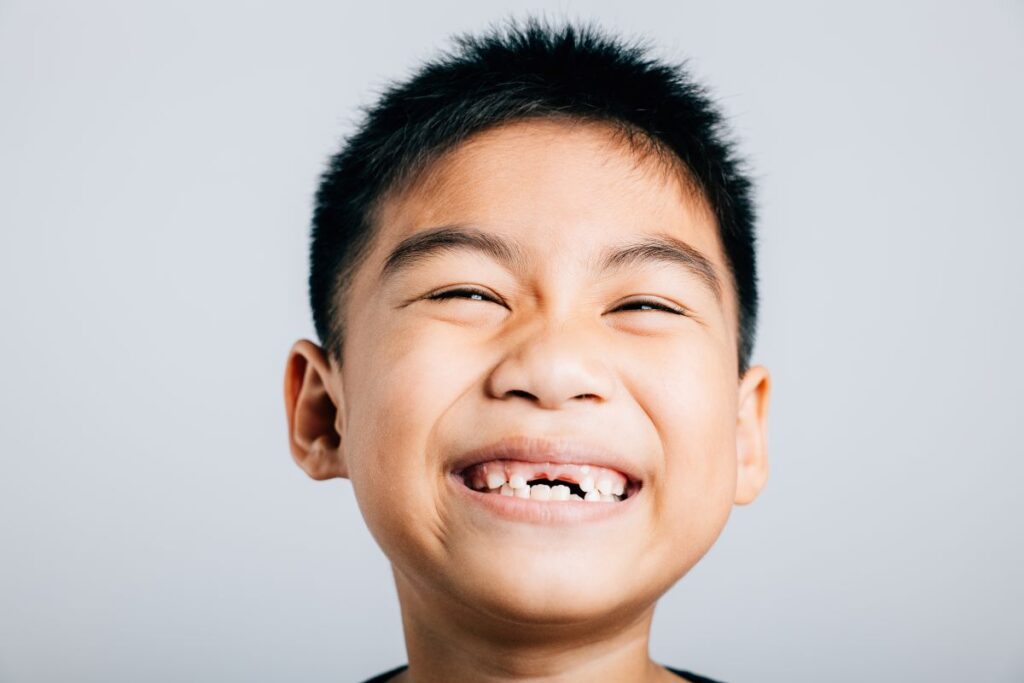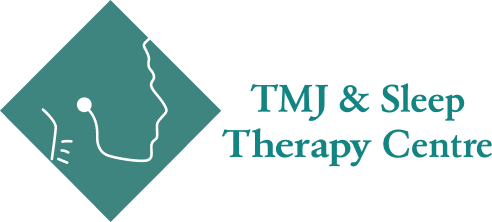Airway Orthopedics & Facial Development: Guiding Your Child’s Growth
The goal of airway orthopedic development & facial development is to help children breathe through their nose, keep their tongue in the proper position and support healthy growth of the face, jaws and airway.
Under‑developed jaws and poor tongue posture can lead to mouth breathing, crowded teeth and even behavioural struggles, yet such problems are often mistaken for normal childhood issues.
Children’s faces and jaws develop rapidly. Most growth is done by age six (about 60%) and nearly complete by age twelve (90% or more).
That’s why early treatment is essential.
How Airway Orthopedic Development & Facial Development Works
Airway Orthopedic Development & Facial Development harnesses your child’s natural facial growth to gently widen and align the jaws, creating a healthier airway and setting the foundation for habitual nasal breathing and proper facial development.
- Unlike traditional orthodontic treatments that focus mainly on aligning teeth, airway orthopedic development & facial development uses gentle appliances to widen the dental arches and create space for the tongue and airway.
- Each appliance is custom‑made from precise digital scans, so it fits comfortably and encourages proper growth.
- We combine these appliances with myofunctional exercises to train the tongue, lips and facial muscles for correct posture and breathing.
- As your child’s jaws expand, the airway opens, reducing mouth breathing and improving sleep.
Signs Your Child May Benefit From Airway Orthopedic Development & Facial Development
- Narrow arches or a high‑arched palate
- Crowded or crooked teeth, especially in the upper jaw
- Mouth breathing, snoring or frequent nighttime awakenings
- Forward head posture or difficulty keeping lips together at rest
- Chronic ear infections, allergies or enlarged tonsils and adenoids
- Speech delays or difficulty chewing/swallowing
- Family history of orthodontic relapse or jaw issues
- ADD/ADHD like symptoms
- Poor behavior and/or performance in school
If you have noticed any of these symptoms in your child, a comprehensive evaluation can reveal whether airway orthopedic development & facial Development could help your child.

Our Approach: Accurate Diagnosis and Collaboration
We begin with a thorough history and child‑friendly exams, including three‑dimensional imaging and airway screening. These tools help us pinpoint the root cause of breathing issues or facial development compromises, so we can tailor treatment specifically for your child. Childhood growth and development issues are complex, so we use a collaborative care approach. We partner with pediatric sleep physicians, ENT specialists, myofunctional therapists and orthodontists to ensure every aspect of your child’s airway health is addressed
What We Offer
- Gentle Arch Expanders: These appliances widen the upper jaw and create space for the tongue and airway, promoting nasal breathing.
- Functional Appliances: Designed to guide lower jaw growth forward, improving bite balance and airway volume.
- Myofunctional Therapy: Exercises to strengthen tongue, lips and facial muscles for proper posture and swallowing.
- Integrated Care: We combine airway orthopedic development & facial development with interventions like tongue‑tie releases, pediatric sleep appliances and cranial osteopathy to promote healthy growth and breathing.
Each therapy builds on our diagnostic findings and is delivered in a child‑friendly way.
For more details, visit our pages on Palatal Expansion, Myofunctional Therapy, Tongue‑Tie & Lip‑Tie Care and Pediatric Sleep Appliances.
Frequently Asked Questions About Airway Orthopedic Development & Facial Development
How does airway orthopedic development & facial development work?
This approach uses growth‑friendly appliances and exercises to gently widen and align the jaws. The widening not only creates more room for the tongue and airway but also ensures there is enough space for all the permanent teeth to erupt in their intended positions. Custom devices guide the growth of the jaws, and myofunctional therapy trains the muscles for proper posture. Unlike conventional orthodontics, airway orthopedic development & facial development focuses on improving breathing and facial development.
Can airway orthopedic development & facial development help with sleep apnea?
Yes. By widening and stabilizing the jaws, airway orthopedic development & facial development can increase airway volume and reduce obstruction. In most cases, improved airway function lessens snoring and sleep‑disordered breathing symptoms. For severe cases, we coordinate with sleep physicians.
Do expanders or other appliances help open the airway?
Palatal expanders and functional appliances are key tools in airway orthopedic development & facial development. They are designed to widen the upper jaw and create more room for the tongue, which can help open the airway and relieve mouth‑breathing or snoring.
Is snoring a sign that my child might need airway orthopedic development & facial development?
Snoring is never normal, especially in children. Habitual snoring or noisy breathing during sleep usually indicates an airway restriction. If your child snores frequently, we strongly recommend airway evaluation to find the root cause of the underlying problem.
Does mouth breathing or eating with the mouth open indicate an airway issue?
Yes. Breathing through the mouth when sleeping or eating is often a sign of nasal or airway obstruction. Airway orthopedic development & facial development is designed to encourage nasal breathing by expanding the palate and aligning the jaws.
At what age should a child be evaluated for these issues?
How is airway orthopedic development & facial development different from traditional braces?
Traditional orthodontics primarily straightens teeth. Airway orthopedic development & facial development focuses on facial development, jaw growth and habitual nasal breathing. It uses expanders and functional appliances to create space for the airway and create correct tongue posture. Braces or aligners may be used to straighten teeth, usually after the airway and jaw are optimized.
